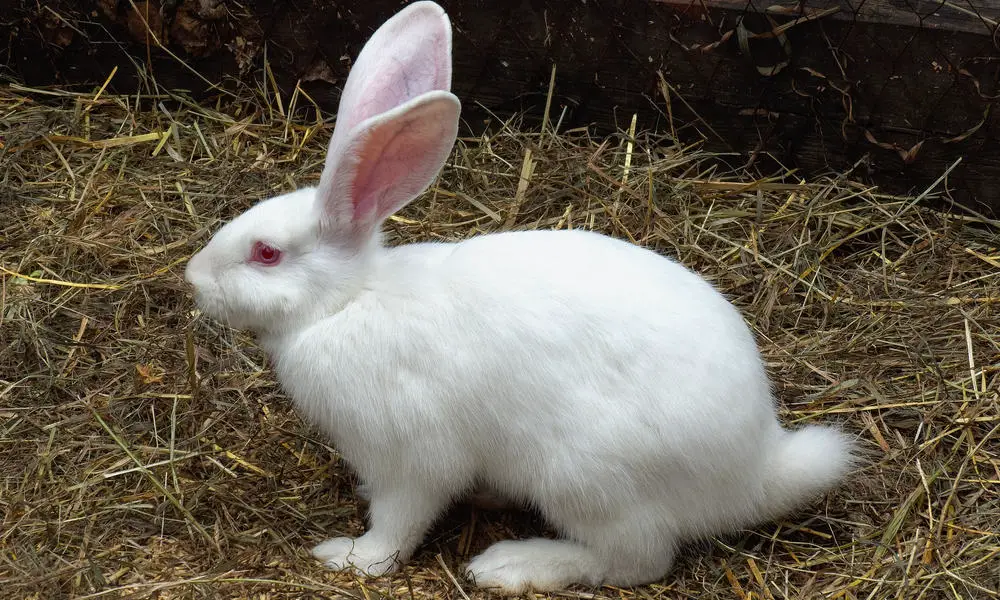Most people never ask themselves about do rabbits have long tails because such a question seems strange and fun. The fact is that even owners believe these lovely long-eared pets have short fluffy tails. Believe it or not, the answer is the opposite because your bunny’s tail is actually long.
Be aware that the tail is a part of the final spine and this lovely animal has complete control of it. Most of the time, your fluffy buddy will hide its tail in the backside but can also push it in and out when needed, changing its visible length. It is pretty impressive, isn’t it?
Table of Contents
Do Rabbits Have Long Tails?
On average, most domestic rabbit types have approximately 2 inches (5 cm) long tails, which is not as long as in most other mammals. However, it typically contains 16 vertebrae (tail bones) supported by numerous nerves and muscles, making this body part highly mobile.
Still, many people are surprised when hearing that a rabbit’s tail is not short, soft, and round. The confusion arises because of its puffy ending that looks like a lovely cotton ball. However, it is enough to gently pull your pet’s small ball tail to reveal its entire length.
Rabbit’s Tail Length
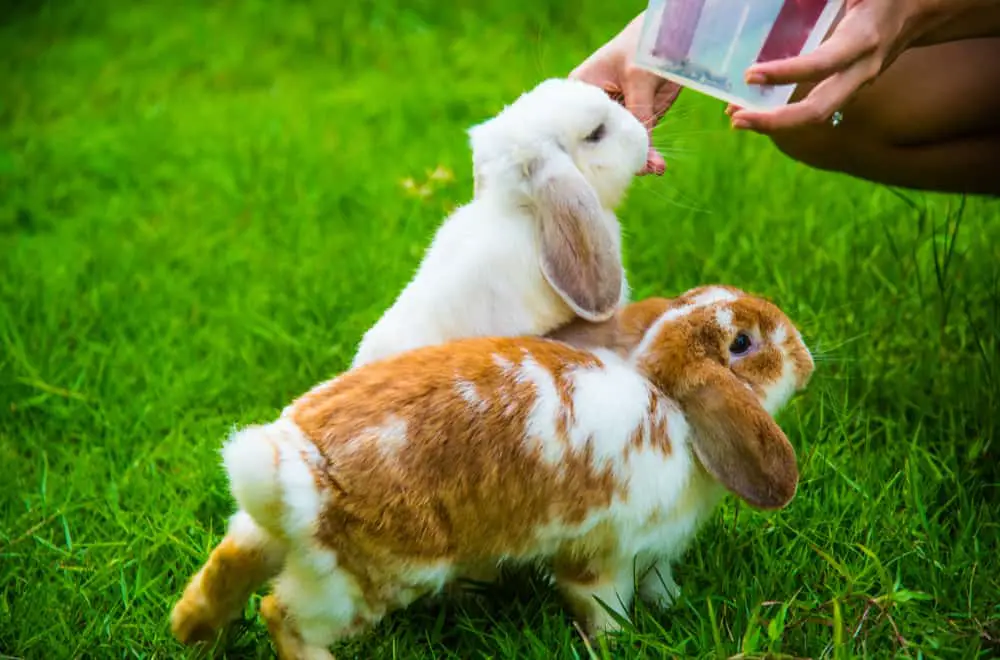
A rabbit’s sweet softball tail’s length depends on the breed, but it often ranges from 1.5 to 3 inches (3.8 – 7.6 cm). It is generally short, particularly compared to a cat’s tail, which is approximately 12 inches (30.5 cm) long. However, it is still longer than you think, right?
It is fantastic to discover such unexpected news, and you probably can’t wait to pull your bunny’s tail to check.
However, be careful since it is not advisable to pull it too hard or often since it can be a painful experience for these gentle animals. The better option is to wait for your rabbit to stretch and relax since it is often a moment to show its total tail length.
The Rabbit Tails’ Purpose
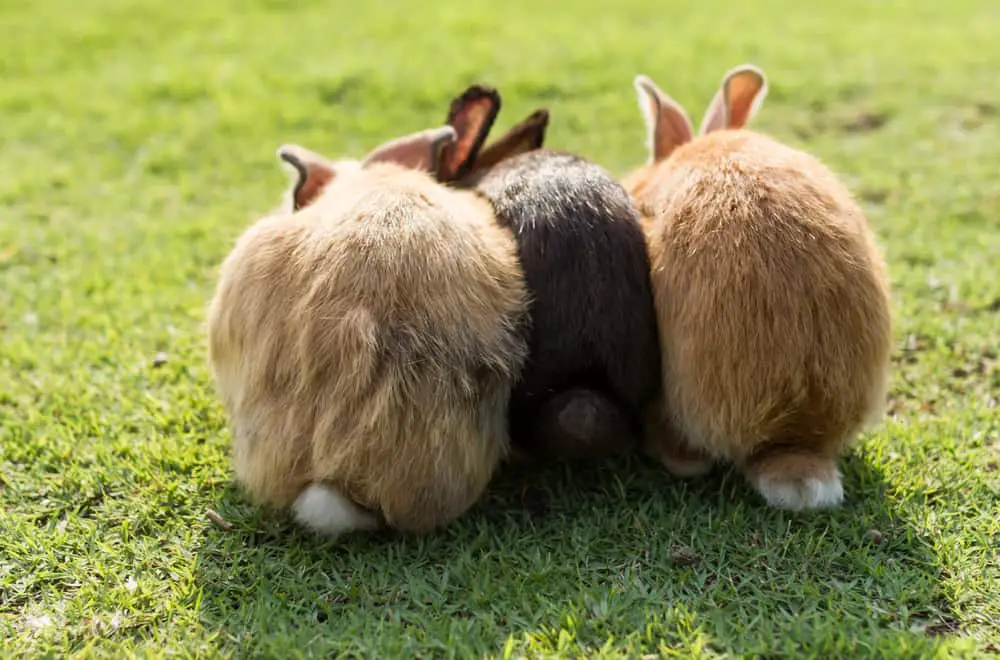
1. Protection
In most cases, domestic bunnies don’t have a white bottom tail part typical for wild rabbits because this kind of camouflage is not necessary for them to avoid predators. In fact, their tails are not crucial for survival, as is the case with those living in the wild.
2. Sign of emotional status
You can expect your bunny to keep the tail tucked inside the body most of the time since it is a natural position for this species. Interestingly, bunny’s tail posture can also show you its emotional state.
For instance, your fluffy friend will spend time chasing its tail when feeling bored or neglected. On the other hand, rabbits wag their tails to show disapproval.
If you notice that your bunny flicks its tail back and forth or rises it up while growling, you can be sure that it is probably angry. Such annoyed rabbits are often ready to fight to protect their territory.
A similar waving can be your pet’s way of showing how secure it is in your company. Be aware that it will never stretch its tail when cautious or you put it in a new or unknown space. The third possibility for such behavior is preparation for the mating season.
The best option is to see your buddy crawling forward with outstretched front paws while its back legs and tail are relaxed behind. It is a sure sign it is happy, curious, relaxed, and satisfied in your company.
3. Keeping balance
While the rabbit tail’s role is insignificant when this cute animal sits curled up, it is vital in helping it to keep its balance. Without a stretched tail resting against the ground, rabbits can’t stand up on their hind legs.
4. Signs of health issue
Believe it or not, your bunny’s tail can provide much information about its health. For instance, when your rabbit chews its tail, it is almost a sure sign that it suffers from fleas or parasites.
Rabbit’s Tail Sensitivity
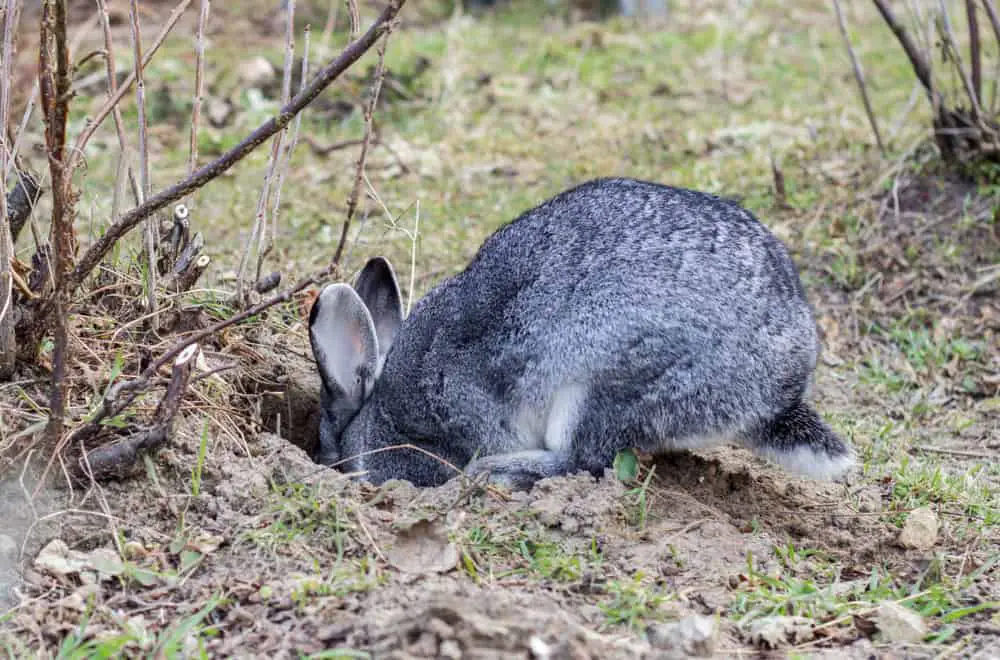
1. Possible tail problems at birth
Baby rabbits have very fragile tails. It is mainly a case with newborn kits with less protection around their tails. Be aware that your baby bunny doesn’t have strong tail bones from the beginning, but they become harder only when they are two weeks old.
Sometimes, one or even more tail bones can become fused during development, causing discomfort and additional issues in the future.
2. Tail biting
It can be scary to see your rabbit tirelessly bite its tail until sores appear. You can find many reasons for this behavior, including medical problems like allergies, parasites, and nits.
Sometimes you can notice tail biting in rabbits with disabilities or problems with nerves. However, the most common trigger for this is stress.
3. Other tails health issues
When rabbits can’t urinate properly, often due to a urinary infection, you will notice that its tail is wet. Typically, this condition leads to skin irritation around the tail base. In this case, it is crucial to carefully treat your pet’s trail to prevent more severe issues with this sensitive body part.
Flies cause one common but a weird problem. When a fly lays its eggs on the rabbit’s tail, it can be painful for your pet and sometimes even fatal. If you suspect flystrike, it is crucial to contact your vet right away.
There is one more thing you should take care of. Domestic rabbits are clean creatures that regularly clean themselves. Unfortunately, old, injured, or sick bunnies can’t maintain hygiene properly. In such a case, you should brush your long-eared buddy and pay particular attention to its tail and surrounding area.
Do Bunny Tails Fall Off?
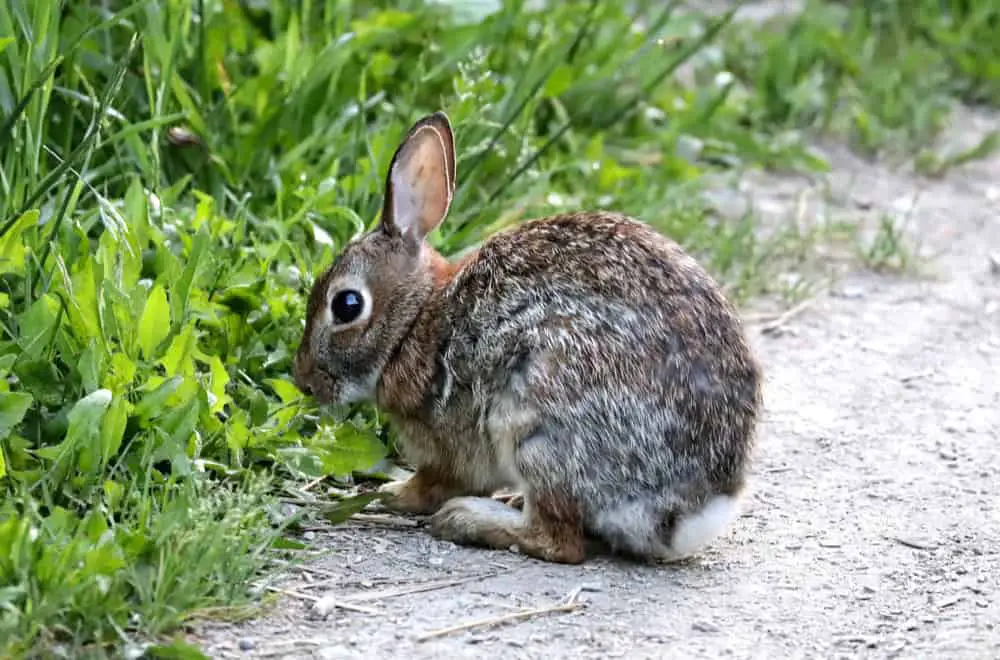
One of the common questions is whether a rabbit’s tail can grow up again after falling off. The disappointing news is that once your bunny loses its tail, it is an irreversible process. There is no way for it to grow back again.
The bright side is that fur grows over the place without a tail. In such a situation, your pet can continue to live normally, and the missing tail is not too noticeable.
Be aware that bunnies will never lose their tails without external influence. In some cases, a sharp object may cut it. Another option includes the possibility that another rabbit bites off your bunny’s tail while fighting. Finally, your pet can bite off its tail due to pain or too much pulling.
In any of these situations, it is crucial to call a vet immediately and let it treat a wound, stop bleeding, and prevent possible infection. After timely professional help, your pet will need a few weeks of rest to be fine.
The best way to help your long-eared buddy is to provide a safe environment and fiber-rich food during the recovery period. It will need some time to get used to the lack of a tail since the new circumstances limit some activities typical for rabbits. For instance, it can’t keep balance without a tail.
Be careful and pay attention to protect the wound and disable your pet from biting its back side. It is also vital to tell your kids to avoid touching, tugging, or pulling a rabbit until the wound heals.
Regular Tail Care
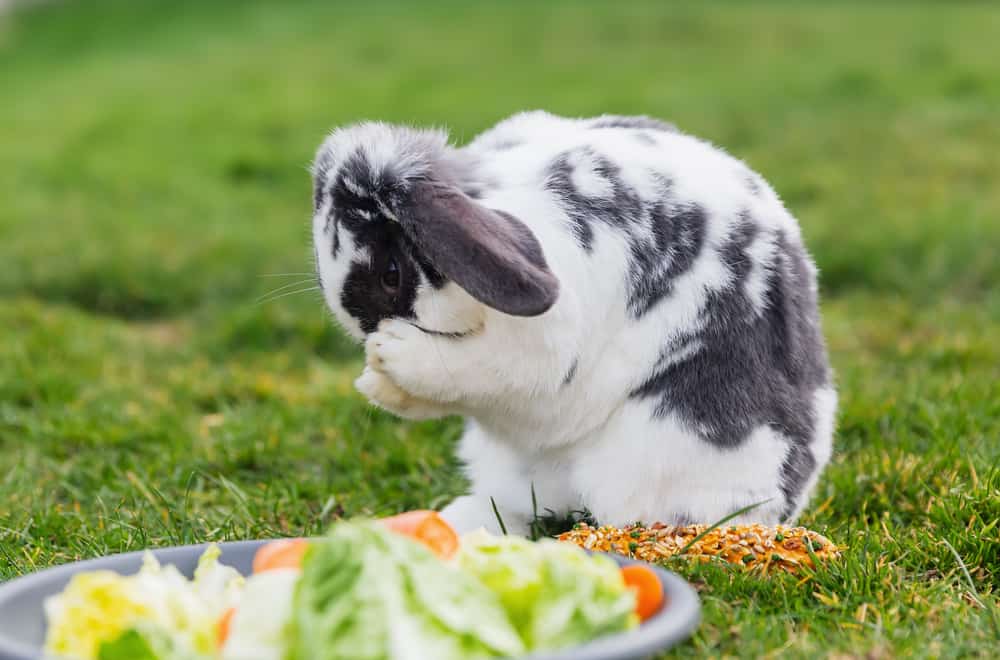
As you probably know, you need to take daily care of your bunny’s living space and food to keep it healthy. In most cases, there is no need to take care of its fur.
1. Grooming
Most rabbits lick their paws and fur regularly, meaning they are capable of clearing themselves without your help. You should help your bunny with cleaning when it can’t maintain hygiene because of illness, old age, or injury.
However, regular grooming can help your pet look beautiful. For instance, brushing will remove matting hair, particularly those around its tail.
You can also use special wipes for pets and gently clean its tail. On the other hand, your bunny won’t be impressed by bathing, and it can even get sick after such an unpleasant procedure.
2. Keep your rabbit happy and healthy
The best you can do is to keep your rabbit’s tail always dry to prevent urinating issues. Additionally, never pull on its tail because of the risk of breaking the tail bones and consequential nerve damage.
Give your best to prevent the rabbit from pulling its tail and falling it off when it is bored and depressive by occupying and entertaining it. One of the best solutions is to make a funny environment for your sweet buddy and buy a few toys created for this species.
If the problem occurs and you notice bumps, skin damage, or yellow fur around the back side, it is vital to make an appointment with the vet right away.
Summary
Many rabbit owners are unaware of how long and sensitive their pets’ tails are. Contrary to popular opinion, these cuties don’t have a short tail but only show their tips while the rest is hidden under the fur. They can push this body part in and out whenever they want and change the visible tail length at their discretion.
